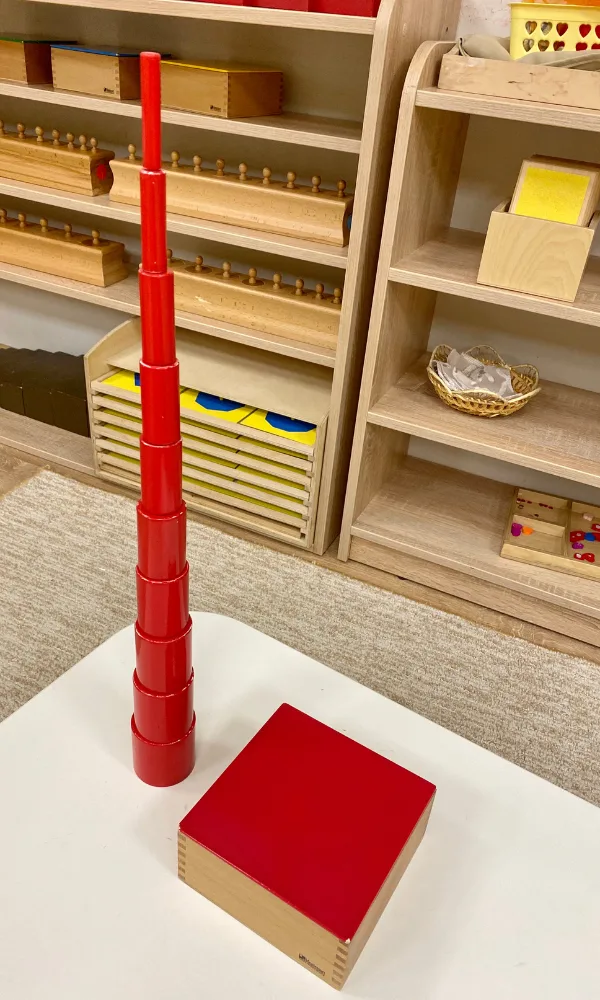Are you interested in finding the right education for your child? As a parent, it’s important to make an informed decision about what type of schooling best meets the needs of your children. Montessori and Waldorf are two popular educational styles that have been around for decades, but many parents don’t understand the differences between the two.
In this blog post, we’ll explore key similarities and differences between Montessori and Waldorf education so that you can gain a better understanding of each approach and decide which one is right for your family. Take a moment to consider the pros and cons of Montessori and Waldorf objectively.

Montessori Vs Waldorf
Who was Rudolf Steiner?
Rudolf Steiner was an Austrian philosopher and social reformer who lived during the late 19th and early 20th centuries. He is mainly remembered for his ideas within the field of anthroposophy, based on the concept that spiritual experiences combined with scientific thinking can create a connection to knowledge and understanding not found in traditional science.
Steiner’s philosophies had a major influence across many fields – from architecture, agriculture, and education to medicine, art, politics, and spirituality. His most famous works were the creation of Waldorf education activities and methods for biodynamic agriculture.
He was a true pioneer of forming connections between our spiritual experiences and everyday life, leaving behind a legacy of enlightened teachers, thinkers, and people striving to live more consciously in the world today.

Who was Maria Montessori?
Maria Montessori was an Italian physician, educator, and innovator who revolutionized early childhood education. She developed a teaching method based on scientific observations of children’s learning processes, which emphasized independent learning and exploration in a scientifically-created environment.
Her innovative approach has been used in many schools worldwide for over 100 years and has become known as the Montessori Method. Inspired by her background in medicine, Maria Montessori believed that each student should develop independently with educational guidance from a trained teacher.
Her philosophies continue to influence modern-day education and have set the standard for early childhood development around the world.

What is Waldorf?
Waldorf education is based on the educational principles of Rudolf Steiner, who believed that children should be taught in a way that takes into account their physical, emotional, and intellectual development. Waldorf education emphasizes the arts, practical work, and interpersonal relationships as essential components of learning. The curriculum places importance on creative expression, active imagination, and social.
What is Montessori?
Unlike Waldorf, Montessori education is based on the educational philosophy of Maria Montessori. It emphasizes self-directed activity, hands-on learning, and collaborative play. The curriculum encourages students to explore their environment and develop life skills that will help them succeed in the future. In addition, Montessori education places importance on developing strong.
Montessori and Waldorf’s education differ in many ways, yet they both share a common goal: to provide students with an educational experience that is based on the principles of respect and individual growth. Both teaching styles focus on developing the whole child

How are Montessori and Waldorf Similar?
Montessori and Waldorf’s schools are two of the most highly regarded educational approaches today that focus on the whole child. Both share the common goal of providing an immersive learning experience that empowers children to reach their highest potential while engaging with the world around them. In addition, both have great respect for the child as an individual, spiritual, creative being.
Montessori and Waldorf both use a hands-on teaching approach, including activities such as art, music, gardening, drama, and movement. There is a focus on the natural environment and, in general, having a relationship with nature via an outdoor classroom.

Furthermore, both philosophies believe in guiding children through life stresses using techniques such as meditation and avoiding the misuse of technology. Through this experiential learning style, students gain creative problem-solving skills and develop confidence in their abilities.
Along with offering a stimulating environment to spark students’ imagination, both approaches emphasize practical life skills like cooking and etiquette and technical skills like reading and writing. While there are some differences between the two methods of education, the main ideas that unite Montessori and Waldorf are those of honoring each child’s unique development journey.

